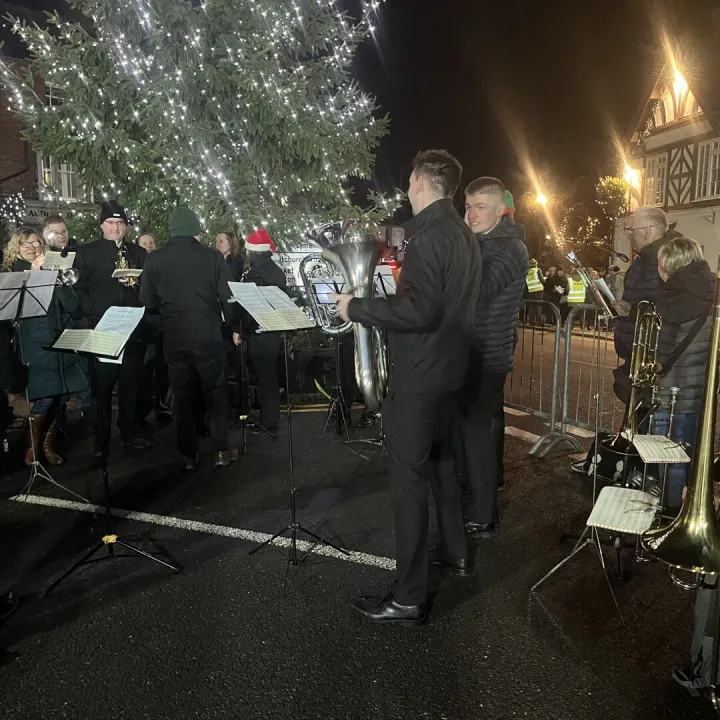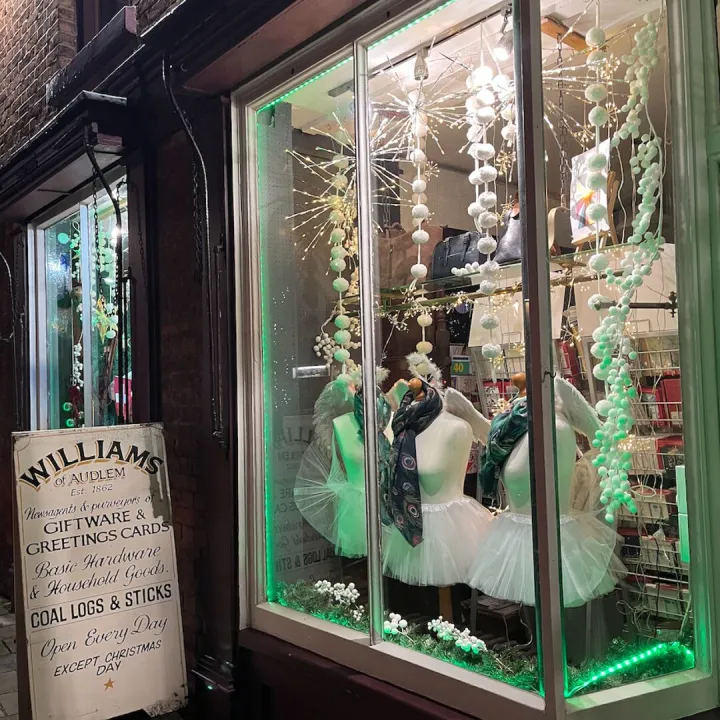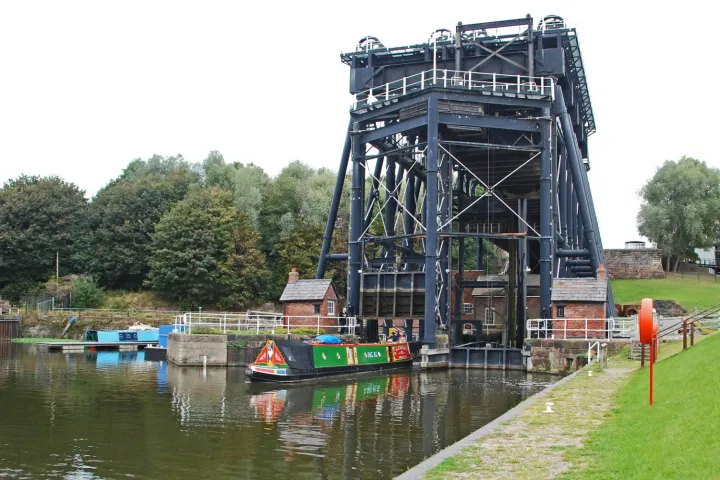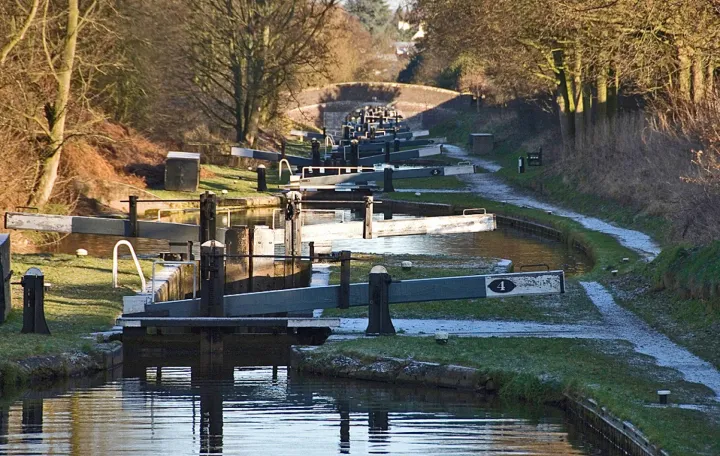The Weaver-Wolverhampton Canal and its potential impact on Audlem








Audlem and District History Society
History Shorts 62 by Graham Dodd
At Audlem, the River Weaver turns northwards to the River Mersey. By 1732 the river was navigable from the Mersey to Winsford, enabling the transport of salt and associated chemicals. It was continuously developed and by 1900 involved five locks capable of handling 1000-ton coasters. An Act of Parliament in 1734 sought to extend the navigation to Nantwich to carry salt, cheese and corn, but ultimately failed, it was said, because of: "the jealousies and disputes betwixt the inhabitants".
During the second half of the 18th century, canals were opened to serve the needs of the local community. The system was developed early in the 19th century when the Ellesmere and Chester Canal Company opened the Middlewich Branch of its canal to link with the Trent & Mersey Canal at Middlewich, and the Birmingham & Liverpool Junction Canal opened establishing the Main Line of the Shropshire Union Canal, linking Ellesmere Port with the industrial Midlands.
Despite the development of rail and road transport there remained interest in establishing a waterway with a greater carrying capacity.
What might have been...
The Birmingham Ship Canal was mooted in 1890, but it was not until 1943 that the Ministry of War Transport proposed construction of the Weaver-Wolverhampton Canal as a "wide beam" waterway. The aim was to extend the Weaver Navigation from Winsford Bridge, enabling 200-ton barges to reach Nantwich and 100-ton barges to travel the rest of the system.

Eight locks would have been required between Winsford Bridge and Audlem and the route from Nantwich to Audlem would have involved a channel 60 feet wide and nine feet deep.
The proposed navigation would have joined the Main Line of the Shropshire Union Canal at Audlem. Two boat lifts in the style of the one at Anderton were planned.

The Audlem Town Lift (58') above Lock 13, would have enabled north-bound boats to stay on the canal travelling towards Ellesmere Port or turn onto the new navigation.
Continuing southwards, a new cut to the west of the canal would carry the navigation to a second boat lift, Audlem Hillside Lift (52'), in the vicinity of existing Lock 10 to re-join the line of the existing canal. The canal would have been lowered by some 20' at that point evening the level of the boat lifts to ensure an efficient passage of traffic. Locks one to seven of the Audlem flight would have been eliminated.

Further boat lifts were planned at Adderley (52.8') and Tyrley (38.2') after which the level of water in the pound to Wheaton Aston lock would have been raised by three feet. To the south of Gnosall, Cowley Tunnel would have been opened up and widened. The navigation would have terminated with basins, wharves and berths for up to 50 craft. It was anticipated that c600,000 tons of cargo would be carried on the system each year.
{
}Based on Nantwich Museum Research Booklet: "Nantwich and the Weaver Navigation" (2019).
Get In Touch
AudlemOnline is powered by our active community.
Please send us your news and views using the button below:
Email: editor@audlem.org




